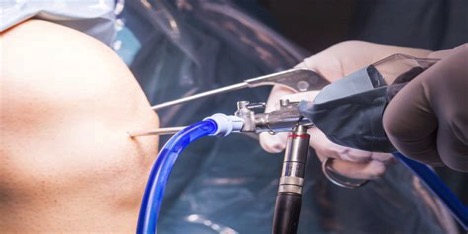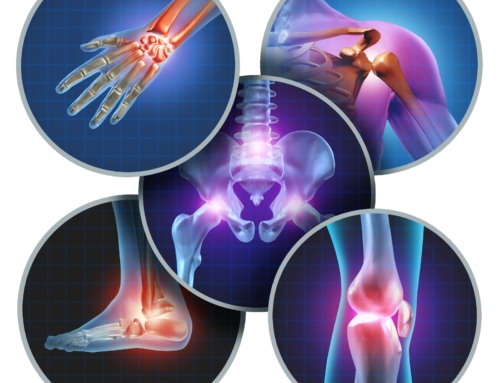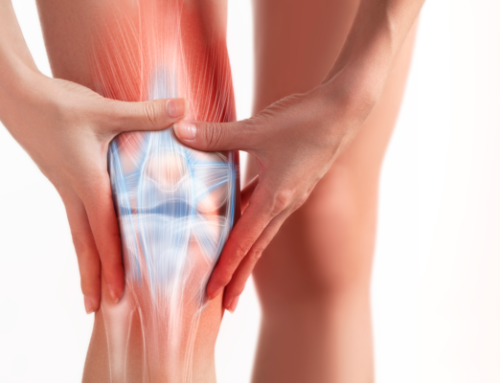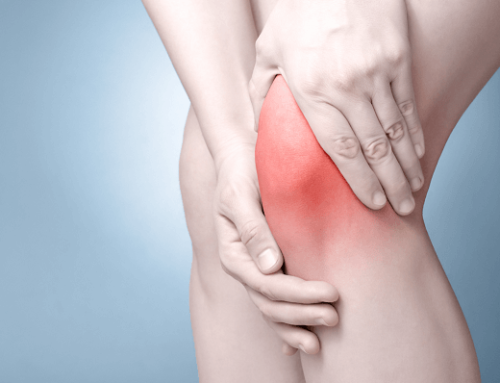A Brief Overview of Arthroscopy
Arthroscopy is a surgical procedure orthopedic surgeons use to visualize, diagnose, and treat problems inside a joint. During an arthroscopic examination, the surgeon makes a small incision in the patient’s skin and inserts pencil-sized instruments that contain a small lens and lighting system to magnify and illuminate the structures inside the joint. This light is transmitted through fiber optics to the end of the arthroscope and is projected onto a screen for the surgeon to view.
Arthroscopic Knee Surgery
Arthroscopic surgeries can treat a wide variety of issues relating to the knee. Arthroscopic knee surgery is used to treat problems in the patella, articular cartilage damage, a torn meniscus, and ligament reconstructions such as the ACL. Orthopedic specialists may recommend knee arthroscopy if you have a painful condition that does not respond to nonsurgical treatment such as rest, physical therapy, medications, or injections that can reduce inflammation.
Surgical Procedure
On the day of your operation, you will be administered anesthesia and your leg will be covered with surgical draping that exposes the prepared incision site. To begin the procedure, your surgeon will make two incisions to allow the special fiber-optic camera to be placed into your knee. Sterile saline is used in the knee joint through tubing to provide a clear view for the knee structures. The surgeon then carries out the procedure, removing and or repairing damage tissues. Once the internal aspect of the procedure is complete, your surgeon will then close each incision with a stitch, steri-strips and cover your knee with a soft bandage. Lastly, the length of the surgery depends upon the necessary treatment. Typical procedures usually last about 30 minutes with more extensive repairs taking up to 45 minutes.
Recovery
After surgery, you will be moved to the recovery room where you will rest before returning home. Due to the use of anesthesia, someone will have to drive you home. In the days following your procedure you may feel some lingering pain, and although this is a natural part of the healing process, you may require some form of pain medication. This will be prescribed to you by your physician the day of surgery. Keeping your leg elevated, performing your prescribed post-operative exercises and icing the knee will assist in pain control and advance your functionality . Physical therapy will be required post-opertively and will begin the following day. Pending the actual procedure performed, therapy may last 2-3 months.
Complications
Although complications during arthroscopic knee surgery are very low, issues are not uncommon. Typically, these problems are minor and are easily treated on site. The most common reason patients experience persistent discomfort after arthroscopic surgery is from underlying damage to the articular or lining cartilage of the joint, more widely known as early arthritis.
Arthroscopic Knee Surgery in Chicago
As the primary joint used for motion, knee pain is not something that should be overlooked. Specializing in arthroscopic surgeries, Dr. Roger Chams has performed over 25,000 arthroscopic knee and shoulder procedures and has been putting people on a successful path to recovery for over 20 years. For more information about arthroscopic knee surgery and other orthopedic services provided by Dr. Chams, please contact us to learn more.






